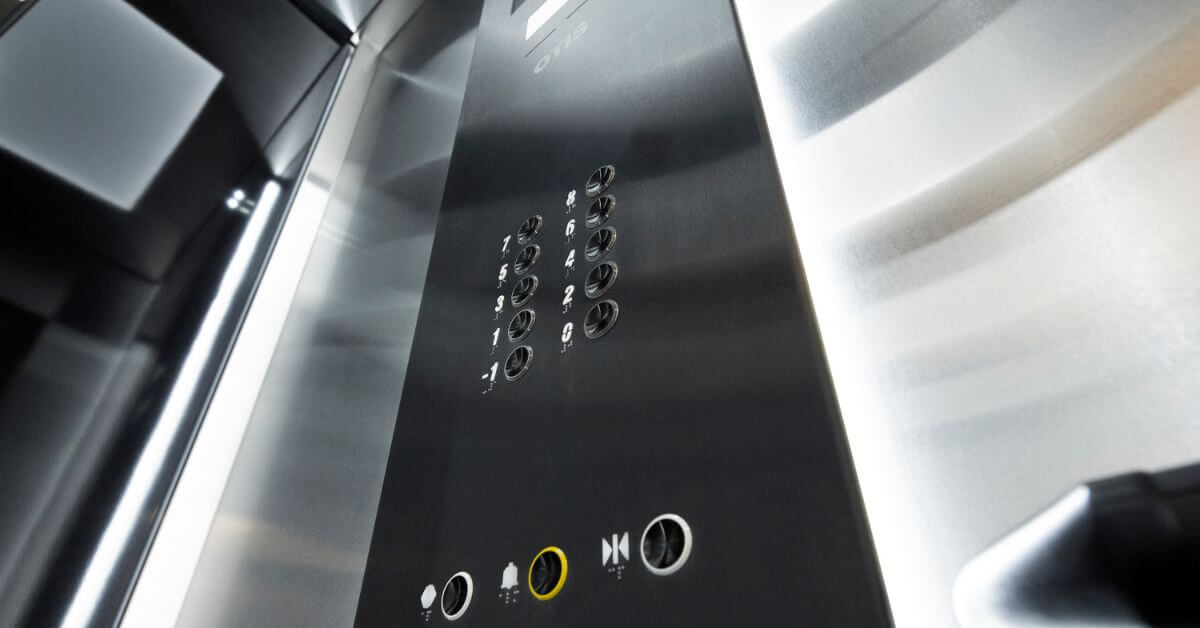Leading Lift Companies in London: Offering Quality Installations and Upkeep
Leading Lift Companies in London: Offering Quality Installations and Upkeep
Blog Article
Exploring the World of Lifts: Usual Concerns Encountered by Numerous Lift Mechanisms
As we navigate via the upright transportation systems of modern-day structures, lifts stand out as an indispensable part of our everyday lives. From hydraulic lifts to grip systems and machine-room-less layouts, each lift type comes with its collection of typical issues.
Hydraulic Elevators
Hydraulic elevators, typically chosen for low-rise buildings, utilize fluid pressure to manage the motion of the lift auto (lift repair companies). This system entails a hydraulic pump pushing oil right into a cylinder, triggering the elevator to relocate in the wanted direction. While hydraulic lifts are understood for their peaceful and smooth procedure, they do include their own collection of common issues
One widespread problem with hydraulic lifts is oil leakage. The seals in the hydraulic system can wear gradually, causing oil seepage. This not just produces a mess yet can likewise affect the elevator's performance if left unaddressed. In addition, concerns with the control system, such as malfunctioning valves or a malfunctioning pump, can create interruptions in the lift's movement.
Normal upkeep and punctual repairs are important to ensure the smooth performance of hydraulic lifts. By dealing with these usual problems proactively, structure owners can decrease downtime and ensure the security and performance of their upright transportation system.
Traction Elevators
When thinking about upright transportation systems in structures, another typical type besides hydraulic lifts is the traction lift. Grip elevators operate making use of a system of ropes and weights that relocate the elevator auto by gripping onto the hoist ropes. This system permits smoother and faster vertical transport compared to hydraulic systems.
One of the usual problems faced by traction lifts is rope wear. The continuous movement of the ropes within the grip system can bring about put on and tear in time, potentially causing the lift to malfunction or end up being risky for usage. Normal evaluations and upkeep of the ropes are important to guarantee the lift's proper functioning and safety and security.
Another issue that traction lifts might encounter is connected to the control system. Issues with the control system can lead to problems such as erratic motion, delays in feedback times, or perhaps full shutdowns. Routine screening and upkeep of the control system are important to avoid such concerns and make certain the lift's integrity.
Machine-Room-Less (MRL) Lifts

One of the key components of MRL lifts is the compact gearless grip machine that is set up within the hoistway. This maker effectively drives the lift vehicle without the demand for large equipment found in standard grip lifts. In addition, MRL lifts generally utilize a counterweight system to stabilize the cars and truck, additional improving their energy effectiveness.
Despite their benefits, MRL elevators may encounter difficulties associated to upkeep and repair because of the restricted space for tools installation. Availability for servicing elements within the shaft can be limited, calling for specialized training for professionals. Proper upkeep schedules and routine assessments are important to ensure the continued smooth procedure of MRL elevators.
Overloading and Weight Limitation Issues
Are lifts geared up to manage excess weight lots efficiently and securely? Straining and weight limit issues are essential worries in elevator procedures. Elevator producers layout lifts with details weight abilities to make sure traveler safety and security and tools durability. Surpassing these weight restrictions can lead to numerous troubles, including mechanical failures, hold-ups, and safety and security hazards.
When lifts are overwhelmed, it places excessive stress on the motor, cable televisions, and other components, possibly causing break downs or malfunctions. Safety devices such as sensing units and overload sensors are in place to stop elevators from moving if they detect excess weight. Additionally, exceeding weight limitations can lead to enhanced energy intake and deterioration on the lift system.
To alleviate straining problems, developing managers should prominently display weight limits in elevators and inform passengers on the value of sticking to these limitations - lift repair companies. Regular upkeep checks by certified professionals can likewise assist guarantee that lifts are running within risk-free weight specifications. By addressing overloading and weight limit problems proactively, structure owners can improve lift safety and security and efficiency
Electric System Failings
Surpassing weight restrictions in elevators can not just lead to mechanical concerns however additionally potentially contribute to electric system failures within the lift facilities. Electrical system failures are an essential issue in elevator operation, as they can trigger unexpected shutdowns, malfunctions, or even safety dangers.
Routine maintenance and inspections are crucial to identify and address potential electrical problems immediately, making sure the effective and secure procedure of lift systems. By sticking to weight limitations and performing routine electric system checks, building owners can mitigate the threat of electric failures in lifts.
Conclusion

Hydraulic elevators, usually chosen for low-rise structures, make use of fluid stress to manage the motion of the lift cars and truck.When considering vertical transport systems in structures, one more common type apart from hydraulic lifts is the grip elevator. Grip lifts operate using a system of ropes and counterweights that relocate the lift vehicle by gripping onto the hoist ropes. Unlike conventional lifts that require a separate machine room to house the equipment, MRL elevators incorporate most of the components within the shaft, removing the need for a dedicated equipment area.In verdict, lifts deal with typical problems such as hydraulic breakdowns, traction system failures, and electric system problems.
Report this page